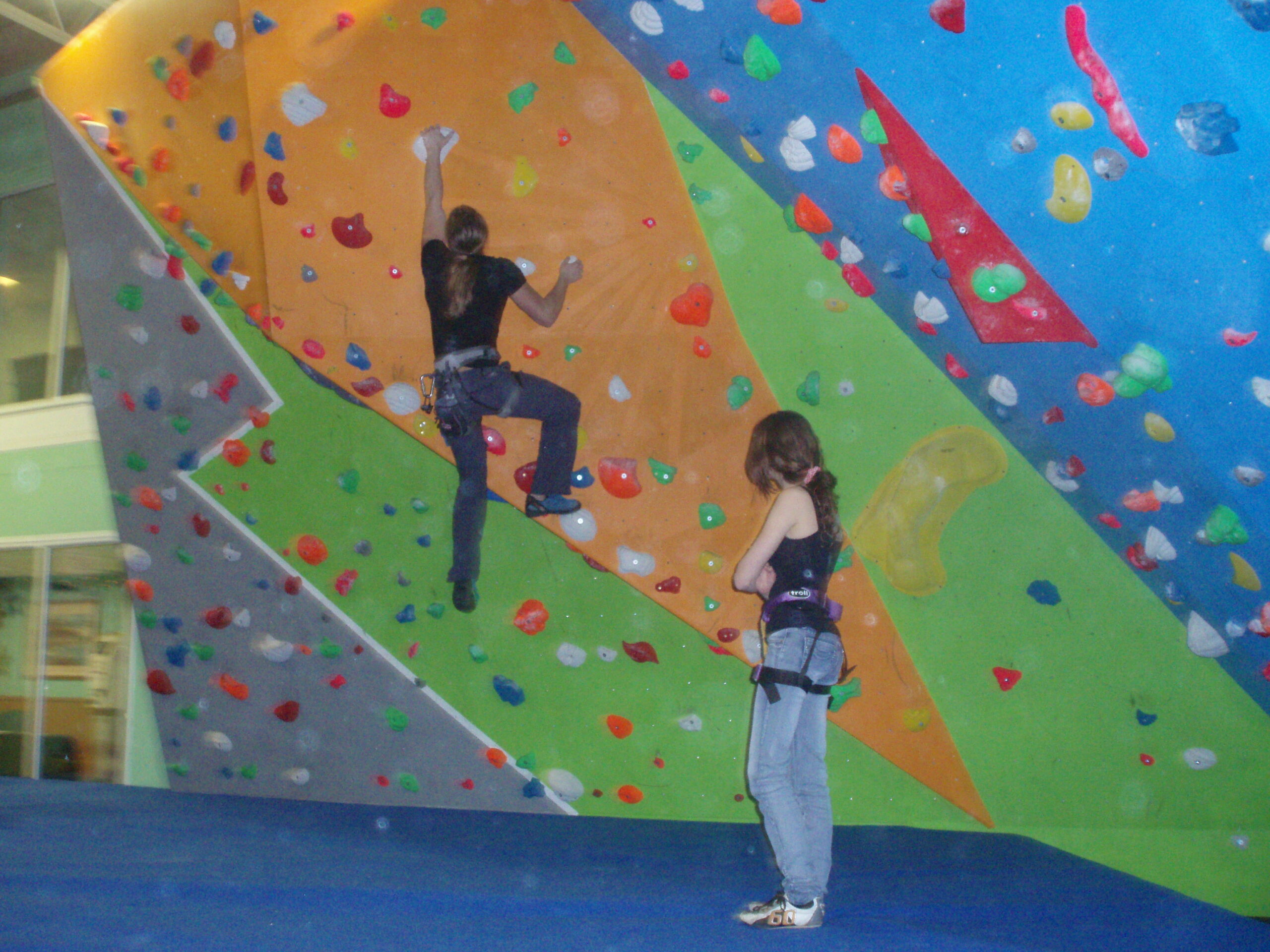When you have completed a tough workout or played a tough match, how you recover is as important as how you train or perform. Certainly, a hard session or a period of sustained activity will leave you with sore, stiff muscles but the last thing you should do is just decide to sit it out. This is where active recovery comes in.
Straight after your work out or match, a recovery protein drink and a session on the foam roller will help the first stages of muscle recovery. It is what you do in the next few days that is important.
Take a break
One of the golden rules that people work to is that pushing the body harder is the only way to get improvement. That is true, but every body has a breaking point, which is why it is so important to allow your body a day or a week of lower volume work.
The purpose of recovery is to allow the muscles to repair and to engage the muscles that are tired or sore following a workout or a series of workouts. Active recovery should involve doing some exercise but at an intensity that just gets the blood moving and helps reduce residual fatigue in the muscle.
Lower the work rate
A recovery day might involve running at a low intensity for less than 60 minutes or riding a bike at less than 75 minutes. You could also try other activities to introduce the concept of cross training – climbing, walking, an exercise class that you have never tried before…

There are some misconceptions behind recovery that we hope to put to rest here. The adage “muscles grow during rest” or “everyone should take one or two days off exercise a week” have no scientific substance behind them. Who says that we should have days when we do nothing. The secret lies in choosing the right amount or dose of exercise each day.
Putting it into context
Context is an important factor when deciding what form your active recovery should take. A marathon runner who has a day off his or her intensive schedule and goes for a bike ride instead is unlikely to suffer any damaging consequences to their running style or fitness.
For an unfit person just starting out on an exercise programme, anything more than a walk may constitute a strenuous workout, so the active recovery needs to be very gentle. As a rule of thumb, active recovery exercise should leave you feeling better after you have exercises compared to before you started. If your heart rate is high and your breathing is fast, then you have crossed the divide between active recovery and a work out.
There are mixed opinions on the benefits of active recovery. Some people believe that active recovery is essential for your body’s metabolic pathways of recovery, others think it does nothing to simulate recovery.
We think that active recovery helps the muscles get rid of the toxins left by heavy exercise and, importantly, makes you feel better.
Here are some ideas for active recovery exercises:
Walking – not only does it burn calories but being outside can increase feelings of well-being.
Lighter weight lifting – use a much lighter weight than usual, so you can feel your muscles working but at a much lower intensity than usual.
Swimming – this is low stress on your joints and muscles, but gets your cardiovascular system pumping. How much swimming you do should reflect current fitness levels.
Yoga – this stretching activity takes your joints and muscles through a safe range of movements. Yoga is anything but easy, so consider your fitness levels when deciding which yoga class/session to do.







